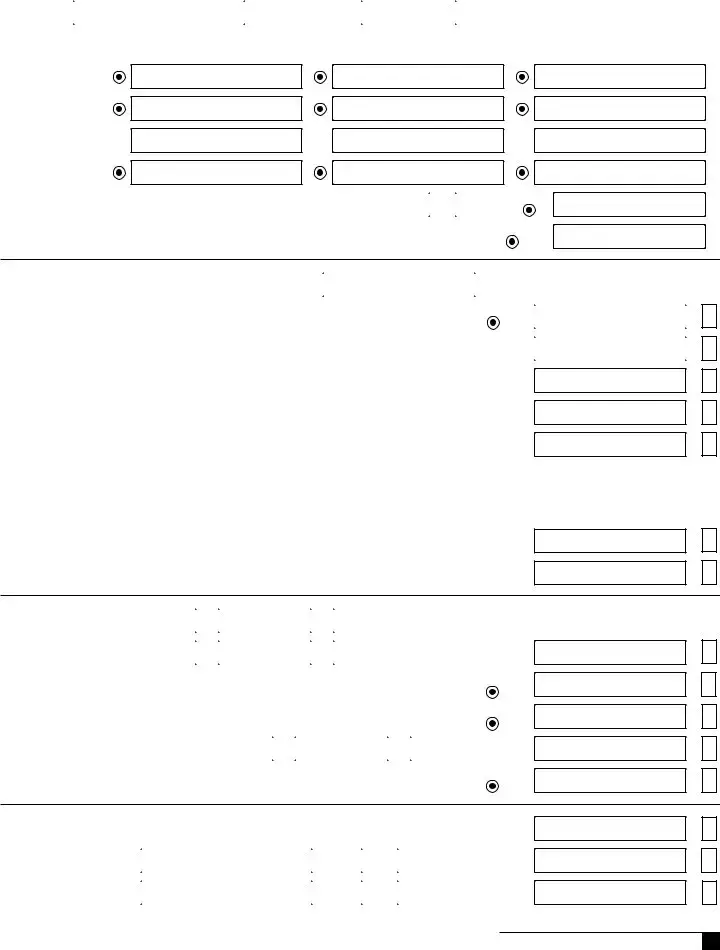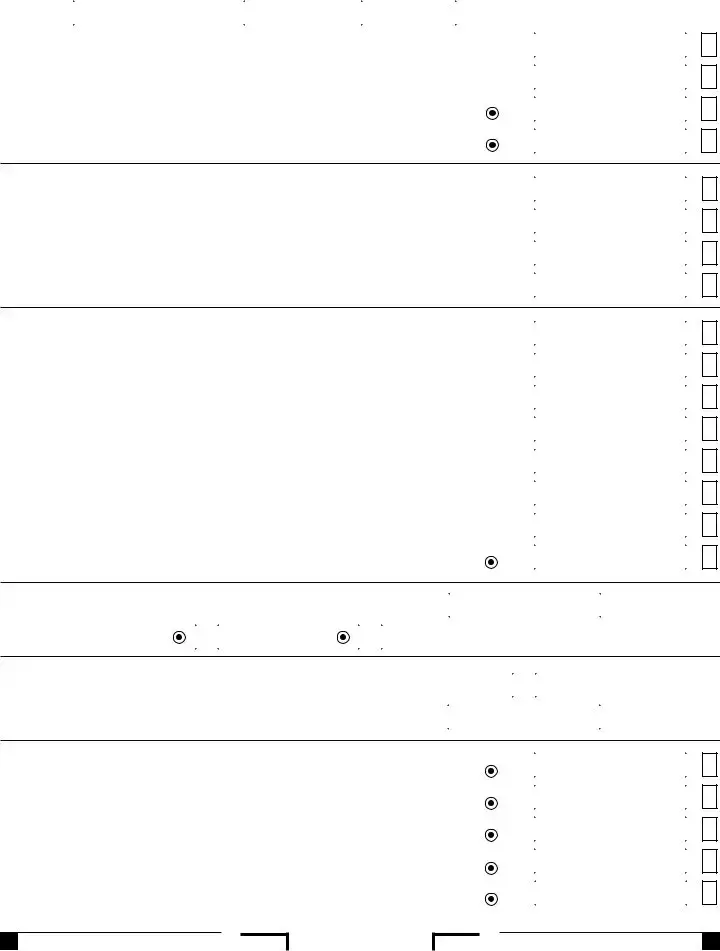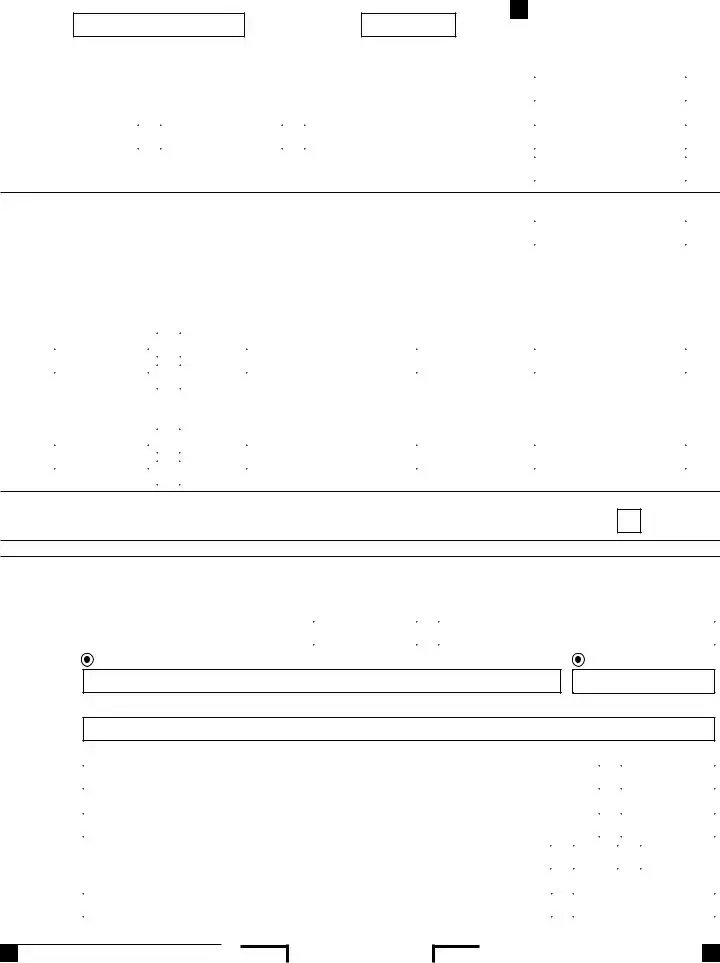The IRS Form 1040-V is a payment voucher quite similar to the California Form 540-V, serving a parallel purpose at the federal level. Like the 540-V, it is used by taxpayers to submit payments for any taxes owed alongside their annual tax return. Taxpayers complete this form by including their personal information, the amount they are paying, and their social security number. The primary goal of both forms is to streamline the payment process and ensure accuracy in crediting the taxpayer's account, demonstrating their function as integral components of efficient tax collection mechanisms.
Another comparable document is the IRS Form 4868, which is an application for an automatic extension of time to file a U.S. individual income tax return. Though it primarily serves to extend the filing deadline, it shares a similarity with the California Form 540-V in that it provides taxpayers with an opportunity to estimate and pay any taxes owed by the original due date of the return. This preemptive payment process aligns with the objective of the 540-V to facilitate timely tax payments, even though the specific purposes of the forms differ.
The California Form 540-ES, which stands for Estimated Tax for Individuals, also bears resemblance to the 540-V. This form is intended for taxpayers to calculate and pay their estimated taxes on a quarterly basis. While the Form 540-V is used for submitting payment with the annual tax return, the Form 540-ES focuses on making periodic payments throughout the year. Both forms aid in the management of tax obligations by providing structured means for payment, thus ensuring that taxpayers remain compliant while managing their cash flows more effectively.
Form FTB 3522, the LLC Tax Voucher, is yet another California tax document that shares common objectives with the Form 540-V. It is specifically designed for limited liability companies (LLCs) to pay their annual LLC tax. Despite the different target audiences, both the Form 540-V and the FTB 3522 are payment vouchers that streamline the process of submitting payments to the California Franchise Tax Board (FTB). They simplify the taxpayer's responsibility by clearly outlining payment details, reinforcing the effectiveness of these documents in tax administration.
The Property Tax Postponement (PTP) Application resembles the California Form 540-V in its functional aim to aid individuals in managing their financial obligations related to taxes. While the PTP Application allows eligible California residents to postpone paying property taxes on their primary residence, the Form 540-V facilitates the payment of individual income taxes. Both offer financial management tools to California residents, albeit for different types of taxes, highlighting the breadth of options available for meeting tax-related responsibilities.
Finally, the California Form 3552, the Installment Agreement Request, while not a voucher, shares a fundamental similarity with the Form 540-V by being another means to address outstanding tax liability. This form allows taxpayers who cannot pay their tax debt in full to propose a payment plan to the FTB, thereby providing a structured approach to settling tax debts over time. The Form 540-V and the Form 3552 exemplify the FTB's efforts to accommodate different taxpayer needs, ensuring that individuals have multiple avenues for complying with their tax obligations.
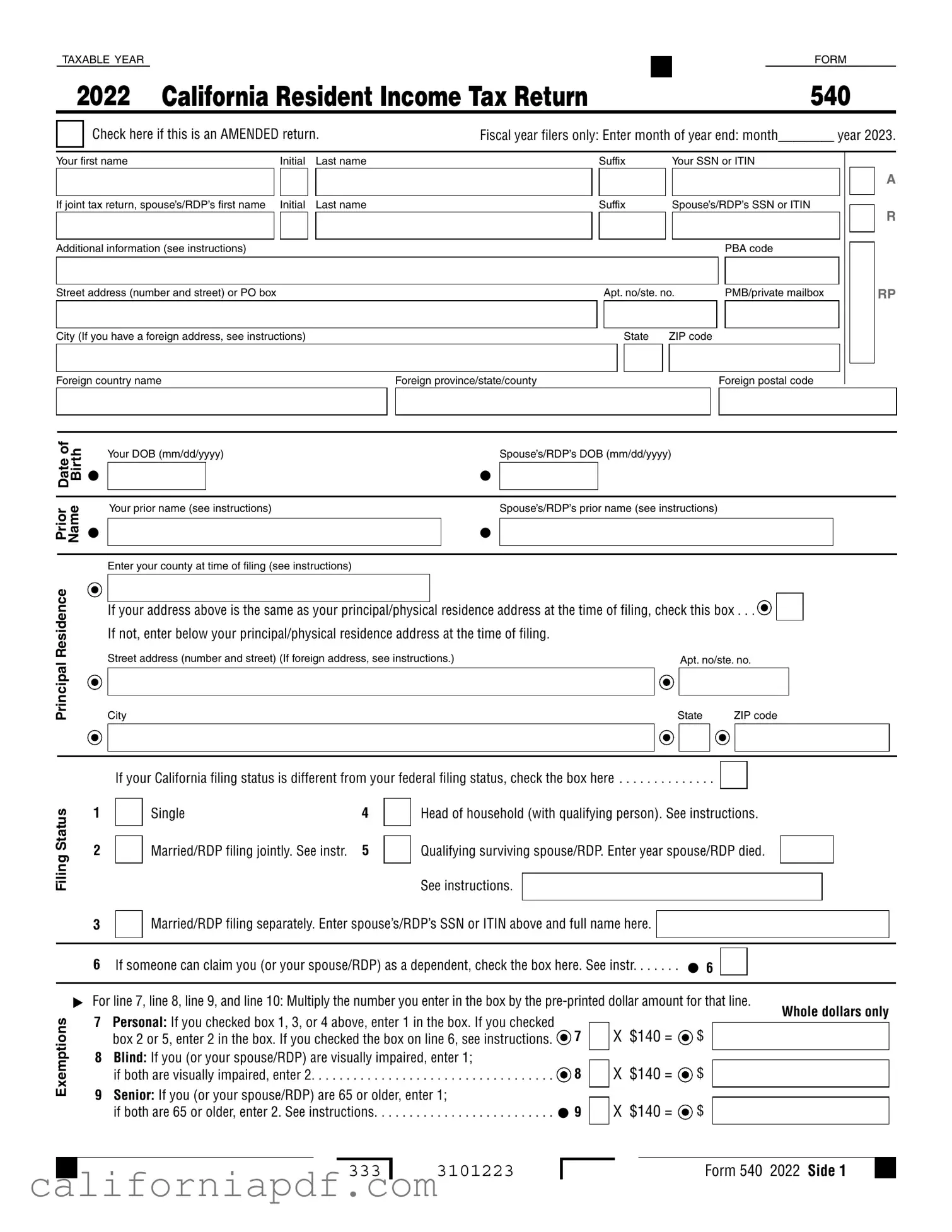
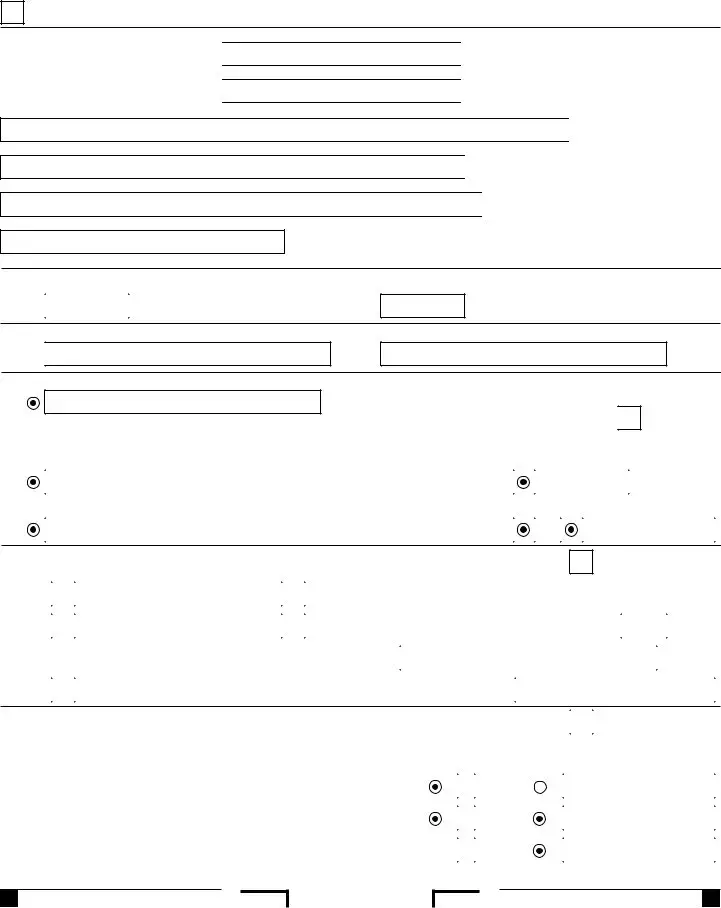

 If not, enter below your principal/physical residence address at the time of filing.
If not, enter below your principal/physical residence address at the time of filing.